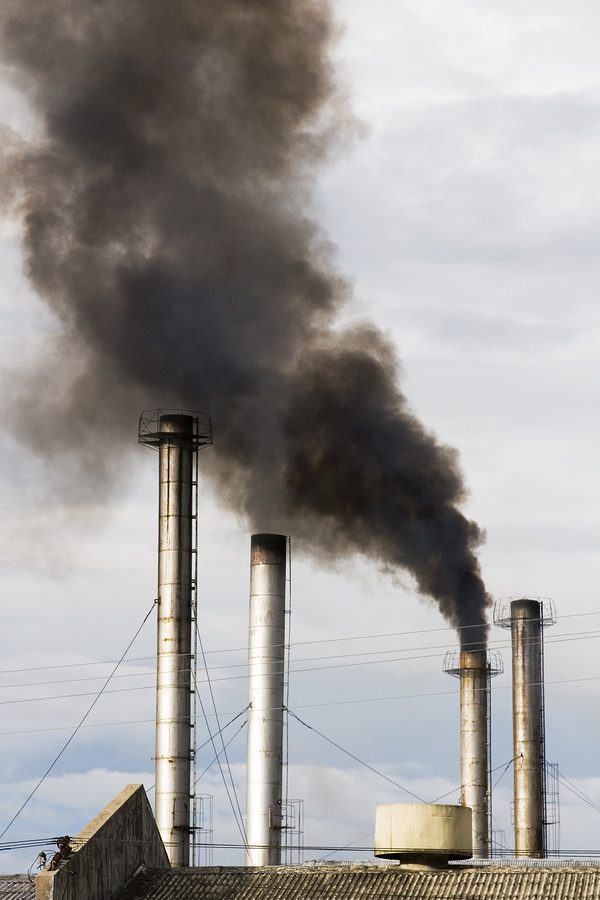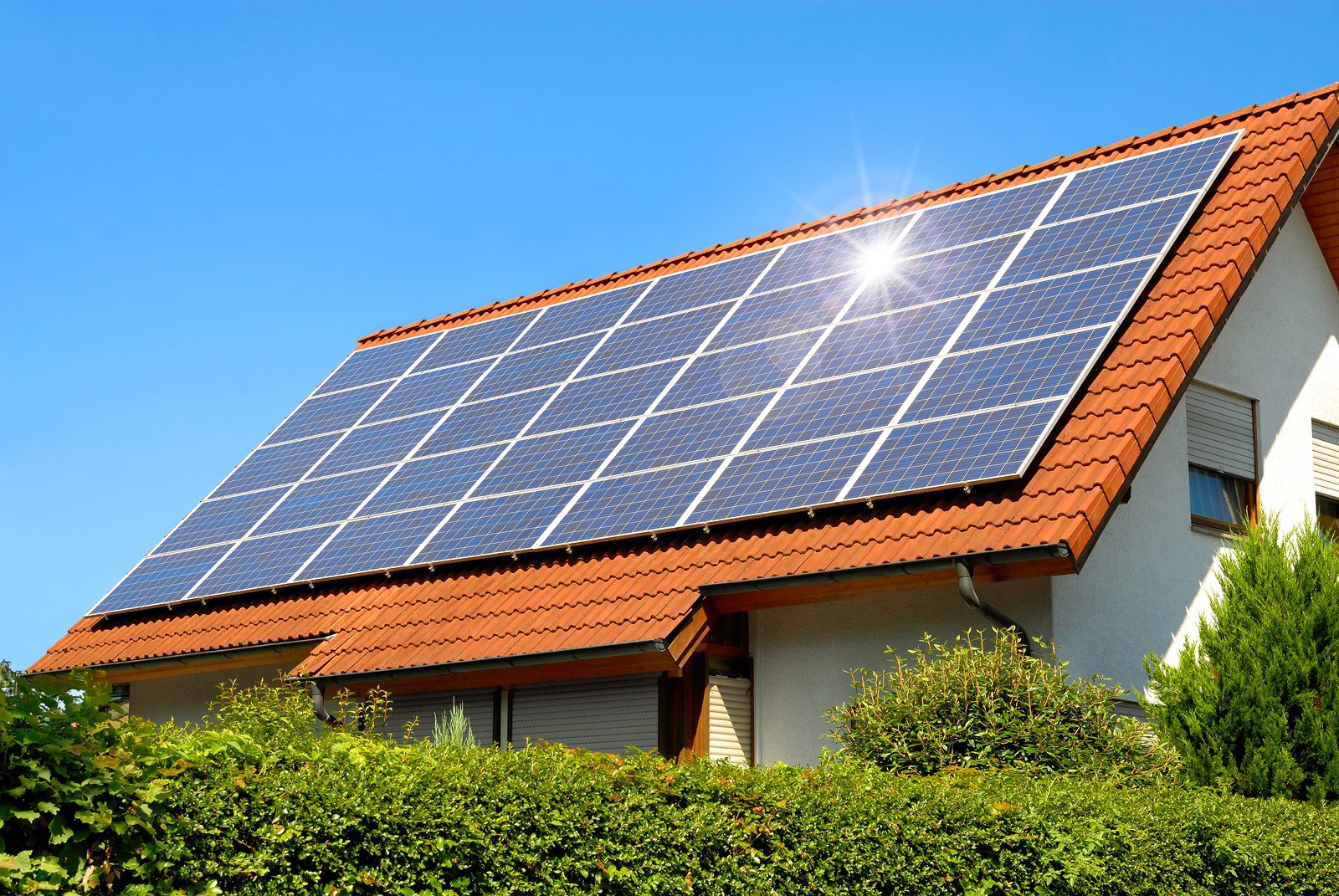The Impact of the Clean Air Act Upon Welding Companies
The Clean Air Act refers to legislation designed to curb airborne environmental pollutants, creating cleaner and healthier air. While the legislation has had impacts on obvious businesses, such as those that burn or create coal, there have also been impacts on ancillary industries, including the field of welding.
Understanding the Clean Air Act
 The Clean Air Act was implemented in 1970, with major revisions in both 1977 and 1990. The act was created in response to the massive amounts of smog that were smothering larger cities, and in hopes of preventing this problem in more suburban and rural areas. This was the era of acid rain and city haze. The act focuses on controlling air pollutants from vehicles and industrial plants. The most common substances involved include:
The Clean Air Act was implemented in 1970, with major revisions in both 1977 and 1990. The act was created in response to the massive amounts of smog that were smothering larger cities, and in hopes of preventing this problem in more suburban and rural areas. This was the era of acid rain and city haze. The act focuses on controlling air pollutants from vehicles and industrial plants. The most common substances involved include:
- particulate matter
- ozone
- sulfur dioxide
- nitrogen dioxide
- carbon monoxide
- lead
Over the decades, these clean air standards have only gotten stricter. The Obama administration has promoted changes that include CO2 regulation and the increase in renewable energy.
Clean Air Means Switching Sources of Energy
Some of the largest air polluters include the gasoline used to fuel cars and the coal and oil used to fuel industry. Emissions controls have required automakers to adapt both engines and exhaust systems to reduce the harmful byproducts of burnt fuel. New hybrid vehicles are being developed to run on cleaner energy sources including electric, natural gas, and hydrogen fuel cells.
Fossil fuels have long provided the power for everything from manufacturing facilities to power plants. As both a limited resource and a rather dirty one, environmental regulations have worked on doing more than simply adapting the use of these fuels. Renewable based power sources have continued to increase, including wind, air, water, and geothermal energy.
Switching Power Means Switching Equipment
 And just how does any of this affect the welding industry? Simple. New processes require new equipment. Solar panels aren’t yet 3D printed but require the wiring and welding of different cells to carry the electric current to the converters and storage. Wind power requires spinning blades and hydroelectric power requires moving turbines. Fueling these renewable energy trends requires metal fabrication to harness this clean energy.
And just how does any of this affect the welding industry? Simple. New processes require new equipment. Solar panels aren’t yet 3D printed but require the wiring and welding of different cells to carry the electric current to the converters and storage. Wind power requires spinning blades and hydroelectric power requires moving turbines. Fueling these renewable energy trends requires metal fabrication to harness this clean energy.
The same idea follows with vehicles. Many retrofits of exhaust or fuel supplies require a custom weld and rework. New cars are all fit with catalytic converters, modifying the exhaust to reduce emissions. These converters are installed in fabricated metal exhaust pipes.
Whether adapting small parts or creating new forms of industrial power, the move from pollution-heavy fuel to renewables under the Clean Air Act has created an opportunity for many. Welders and metal fabricators are vital in creating the infrastructure that allows these new industries to thrive. Discover more information on the latest innovations in welding and fabrication by contacting your local metal expert online.
